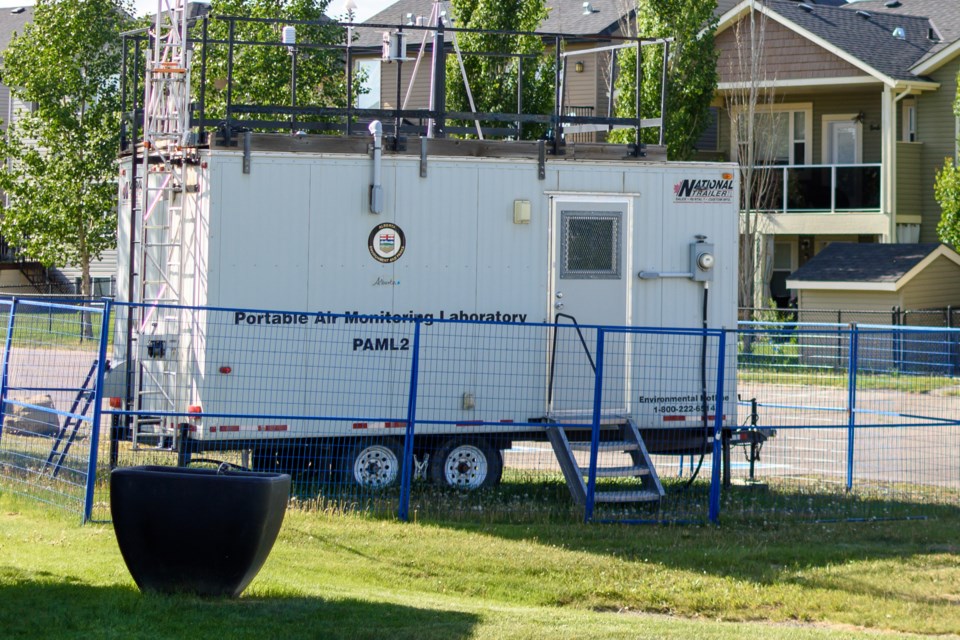The numbers paint a compelling picture, but unfortunately, they’re up against some stiff competition.
Representatives of the Natural Resources Conservation Board appeared at a Foothills County council meeting last week to update local politicians on the results of air quality monitoring that’s being conducted due to persistent odour complaints.
Equipment recorded 386 odour-hours over a three-and-a-half-month period this spring and summer, which works out to more than 100 odour-hours a month or 25 odour-hours a week. That’s a lot of stink for residents to endure.
They also talked about the 1,700 odour complaints that were received by the regulator made by about 350 different people over a two-year period. That’s a lot of people upset by the stench in their neighbourhoods.
So, when you add up all those numbers, does it result in action that will eradicate the problem? That’s where the math starts to get a little fuzzy.
One nugget offered by the NRCB folks is that all levels recorded by the air monitoring equipment are well below what would be considered hazardous to health. Given that reality, you could see a time come when, after good faith, but not entirely successful, efforts to minimize the stench are exhausted, that someone in government finally concludes: “It might be annoying but it’s not going to kill you.”
They also shared that Rimrock Feeders, which has been the subject of most of the complaints, isn’t the only source of odours, although the highest odour measurements do occur when the wind is from the west or southwest. Given the NRCB has identified other feedlots, the regional landfill and various industrial sites as potential odour contributors, the job of containing them just got a lot more complicated.
There’s ample evidence, through quantifiable data and the much less high-tech smell test, that odours are very real, but reading between the lines from last week’s presentation, it looks like reducing the frequency and intensity is the best-case scenario.




